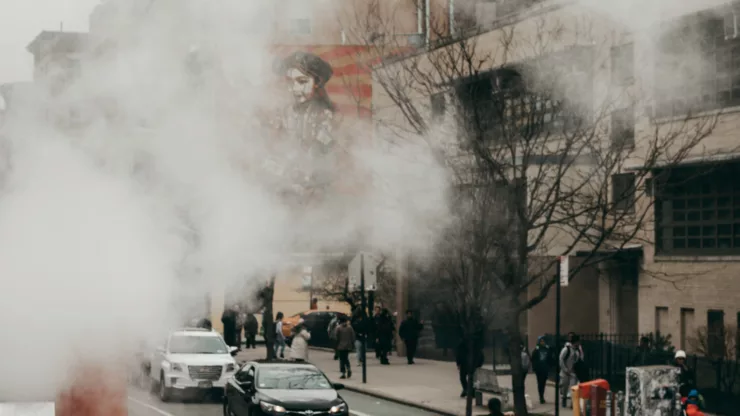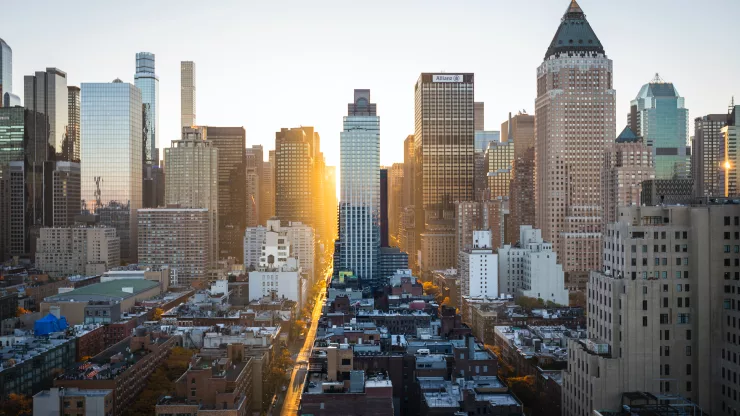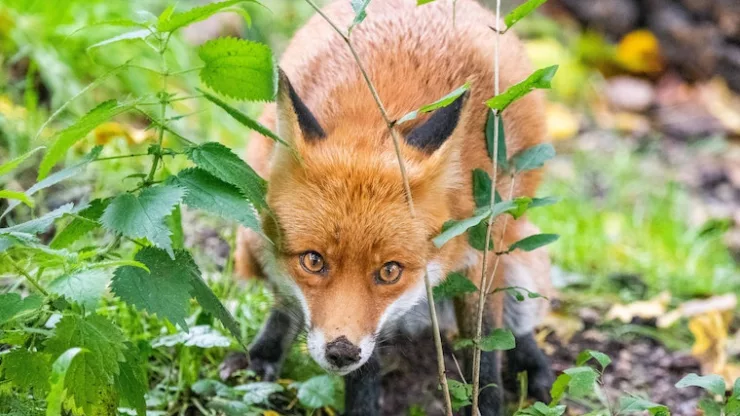As urban centers continue to grow, the soundscape of cities is changing.
The noise produced by traffic, construction, and human activity can be overwhelming for humans to handle, but what about the wildlife that lives in cities?
How are they adapting to the noise?
In this article, we will explore this topic and discuss steps that can be taken to create a more wildlife-friendly city soundscape.
Jump to Section
Urban Wildlife and City Soundscapes
Urban wildlife is any species of animal that lives in an urban environment.
Cities are constantly growing, and as a result, more and more wildlife is being forced to adapt to living in an environment that is not entirely natural.
One of the main challenges that urban wildlife faces is the noise produced by the city.
The Challenge of Adapting to Urban Noise
Urban noise can have a significant impact on the behavior, physiology, and ecology of urban wildlife.
For example, noise pollution can disrupt the communication between animals, affect their feeding patterns, and even alter their reproductive success.
Additionally, noise pollution can cause stress, which can lead to decreased immune function and increased mortality rates.
How Wildlife is Adapting to City Living
Despite the challenges, many species of wildlife are adapting to city living.
For example, some birds have been found to sing at a higher pitch to be heard over the noise of the city.
Other animals, such as squirrels and raccoons, have been found to change their activity patterns to avoid the noisiest times of day.
Additionally, some animals have even been found to use the sounds of the city to their advantage.
For example, some birds have been found to use the sound of traffic to mask their own calls from predators.
Steps to Create a Wildlife-Friendly City Soundscape
Creating a wildlife-friendly city soundscape is an important step in ensuring that urban wildlife can thrive. Here are some steps that can be taken:
- Plant more trees and vegetation to absorb sound
- Use noise barriers, such as walls or barriers made of vegetation
- Design buildings with soundproofing in mind
- Limit the amount of loud, sudden noises produced by machinery or construction
- Create quiet zones in parks and other green spaces
By taking these steps, we can create a city that is not only more pleasant for humans but also more habitable for urban wildlife.
FAQ
How can I tell if noise pollution is affecting wildlife in my area?
There are a few signs that noise pollution may be affecting wildlife in your area.
For example, if you notice a decrease in the number of birds or other animals in your area, or if you notice changes in their behavior, such as singing at a different pitch or changing their activity patterns, it could be a sign that they are being impacted by noise pollution.
What can I do to reduce noise pollution in my neighborhood?
There are several things you can do to reduce noise pollution in your neighborhood, such as:
- Use noise-cancelling headphones or earplugs
- Talk to your local government about implementing noise-reducing measures, such as more vegetation or noise barriers
- Limit the use of loud machinery or equipment during the noisiest times of day
- Encourage your neighbors to be mindful of noise levels
How can I make my own backyard more wildlife-friendly?
There are many ways to make your own backyard more wildlife-friendly. Here are a few ideas:
- Plant native plants and trees to provide food and shelter for wildlife
- Provide water sources, such as bird baths or ponds
- Avoid using pesticides and herbicides, which can be harmful to wildlife
- Provide nesting boxes or other structures for birds and other animals to use as shelter
Adapting to the noise of the city is a challenge for both humans and wildlife.
However, by taking steps to create a more wildlife-friendly city soundscape, we can help ensure that urban wildlife can thrive.
By planting more trees, using noise barriers, and designing buildings with soundproofing in mind, we can create a city that is not only more pleasant for humans but also more habitable for urban wildlife.
I’m a nature enthusiast and creator of Metro Wilds and have spent years exploring the great outdoors.
With a passion for environmental conservation and sustainability, I have dedicated my career to writing about the beauty and wonders of nature, as well as the threats facing our planet.
Contact me at [email protected] for assistance.





